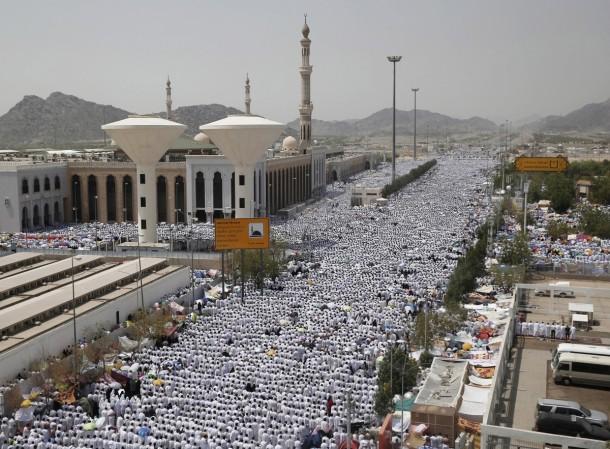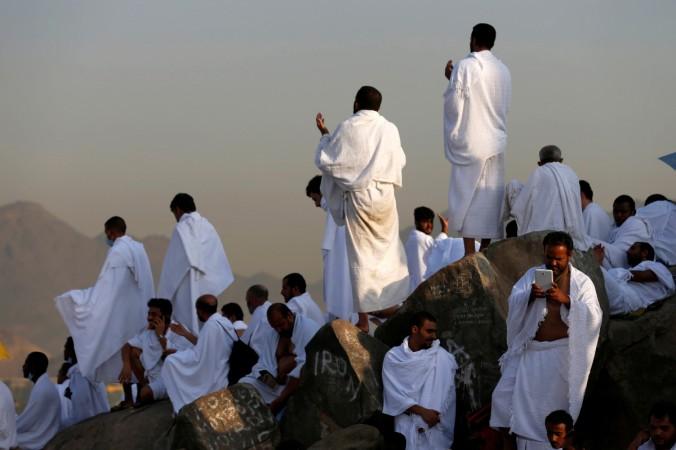
The annual Hajj pilgrimage, one of the five pillars of Islam, is a time of profound spiritual reflection and unity among Muslims worldwide. In 2024, the Hajj, which takes place in the twelfth month of the Islamic lunar calendar, Dhul Hijjah, saw over two million Muslims from all corners of the globe converge in Saudi Arabia.
What is Hajj?
The Hajj is a series of rituals performed over five days, culminating in the Day of Arafah, where pilgrims ascend Mount Arafat for a day of prayer and spiritual reflection. This is considered the most significant part of the pilgrimage, as it is the site where Muslims believe Prophet Ibrahim (Abraham) stood and prayed, and where Prophet Muhammad delivered his final sermon.
In 2024, the Day of Arafah fell on June 15, marking the peak of the Hajj. Pilgrims from all walks of life, young and old, rich and poor, stood shoulder to shoulder on the rocky slopes of Mount Arafat from dawn till dusk, praying and seeking forgiveness from Allah. The sight of millions of white-clad pilgrims gathered in prayer on the vast plain of Arafat is a powerful symbol of unity and equality in Islam.
Following the Day of Arafah, the pilgrims moved to Muzdalifah, a nearby site, where they spent the night and collected pebbles for the symbolic stoning of pillars representing the devil. This ritual, which takes place in Mina, another sacred site in Mecca, symbolizes the casting away of evil and sin.
Hajj and Eid-ul-Adha: Celebration and Sacrifice
The Hajj also coincides with Eid-ul-Adha, also known as Bakra Eid or Eid Qurban, a festival that commemorates Prophet Ibrahim's unwavering devotion to Allah. According to the Holy Quran, Allah commanded Prophet Ibrahim in a dream to sacrifice his son Ismail to demonstrate his devotion. Prophet Ibrahim decided to obey without hesitation. However, before he could sacrifice his son, Allah provided a lamb to sacrifice instead. This was a test from Allah, which Prophet Ibrahim successfully passed. Since then, Muslims have performed animal sacrifices on Eid al-Adha, which is why the festival is also known as Bakra Eid.

In 2024, Eid-ul-Adha will be observed in India on June 17, while in the UAE and other Arab countries, it is celebrated on June 16. The festival is marked by prayers, feasting, and charity, with Muslims worldwide sharing meat from the sacrificed animal with the poor and needy.
The Hajj is not just a spiritual journey but also a physical one, with pilgrims walking long distances under the scorching sun. To help pilgrims cope with the intense heat, Saudi authorities implemented advanced cooling techniques in 2024. These included ground-cooling technologies, fire-resistant and heat-resistant tent materials, and modern air conditioning systems. The paths used by the pilgrims were transformed into mist-covered walkways, and a white coating was applied to asphalt surfaces to reduce their temperature.
Despite these measures, the heat took a toll on some pilgrims. In 2024, six Jordanian pilgrims died from heatstroke, prompting the Saudi army to deploy more than 1,600 personnel with medical units specifically for heatstroke and 30 rapid response teams. The Hajj is a major logistical operation, with Saudi authorities making extensive preparations to ensure the smooth running of the pilgrimage. In 2024, for the first time, Hajj authorities introduced a unit specializing in heat-related cases within Al Noor Hospital in Makkah. Near the Kaaba, the black cubic structure in the Grand Mosque towards which all Muslims pray, new air-conditioned spaces were introduced to allow pilgrims to cool off.
In addition to these physical measures, Saudi authorities also made use of advanced technology to enhance the Hajj experience for pilgrims. A smart robot equipped with artificial intelligence was also introduced at the Grand Mosque in Mecca this year to provide instant guidance on religious issues in 11 languages. This robot, which offers simultaneous interpretation in multiple languages, is part of Saudi Arabia's effort to integrate advanced technology into services for Hajj pilgrims.
Despite the physical challenges and hardships, the Hajj is a deeply moving experience for those who undertake it. The Hajj is a time of unity and solidarity among Muslims worldwide. However, it is also a time when the challenges and conflicts facing the Muslim world come into sharp focus.

















